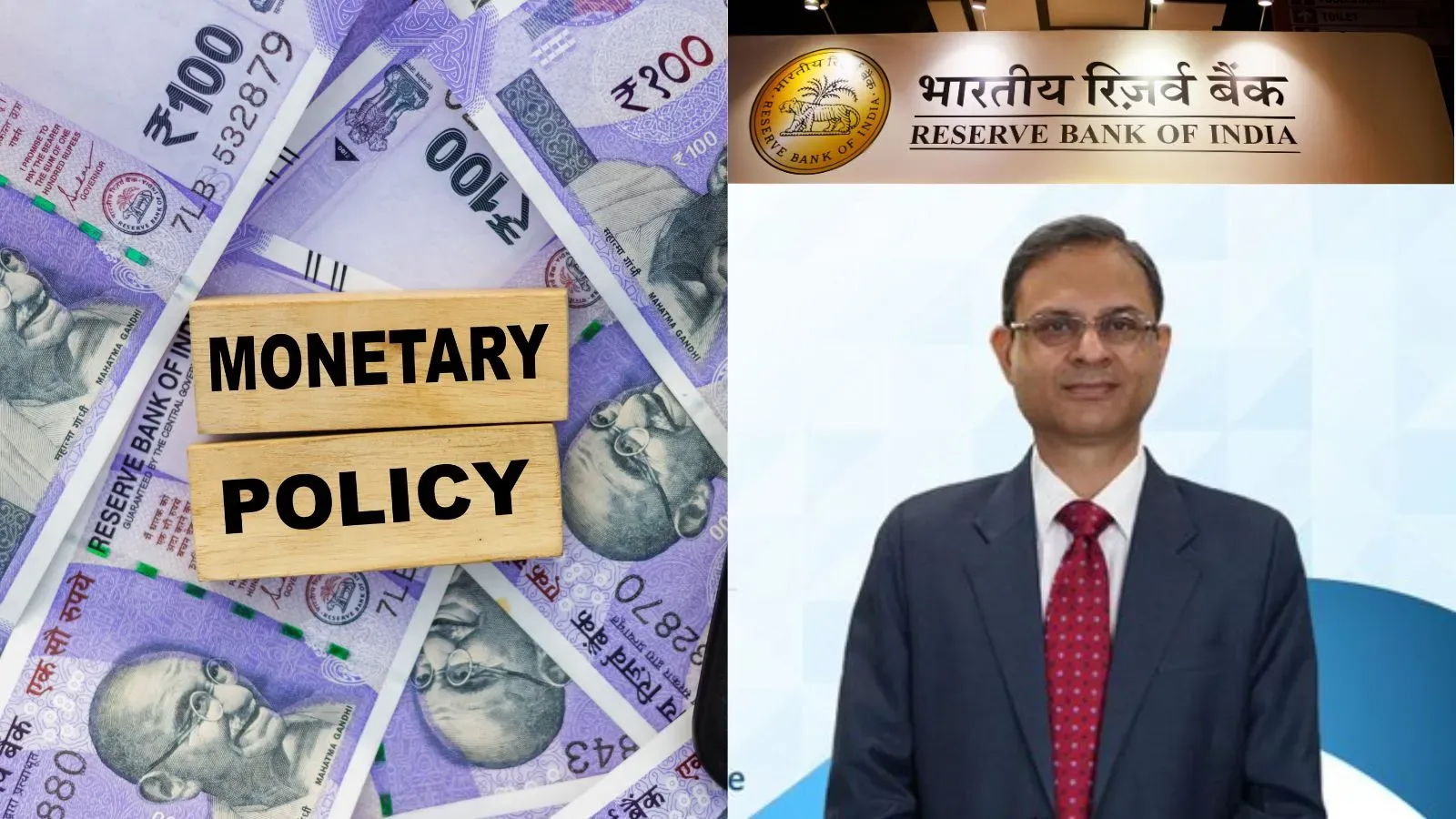Business News
India’s forex reserves surge to record high, economic survey 2023-24 reveals; check key factors behind this rise
.png)
4 min read | Updated on July 28, 2024, 21:18 IST
SUMMARY
According to the Economic Survey, India’s foreign exchange reserves increased by $68 billion during the 2023-24 fiscal year, marking the highest rise among major foreign exchange reserves-holding countries. The growth signifies a return to near-record levels, last achieved in October 2021. A strong foreign exchange reserves position is crucial for India’s vision of becoming a $5 trillion economy.

India’s Foreign Exchange Reserves: What’s behind the Numbers?
India’s foreign exchange reserves surged by $9.7 billion, reaching a record high of $666.9 billion for the week ending July 12, as per the Reserve Bank of India data. Even the Economic Survey, which was tabled in the Parliament on July 22, highlighted a significant increase in India’s foreign exchange reserves, reflecting a broader picture of the country’s economic health.
According to the Economic Survey 2023-24, India’s foreign exchange reserves have increased by $68 billion during FY 2023-24, marking the highest rise among major foreign exchange reserves-holding countries. The survey said that as of June 21, 2024, the reserves stood at $653.7 billion, sufficient to cover over 10 months of imports projected for FY25 and more than 98% of the total external debt outstanding as of March 2024.
The growth in India’s foreign exchange reserves signifies a return to near-record levels, last achieved in October 2021. A strong foreign exchange reserve is crucial for India’s vision of becoming a $5 trillion economy.
India's foreign exchange reserves consist of foreign currency assets, gold, special drawing rights (SDRs) and the reserve position with the International Monetary Fund (IMF).
Moderation in current account deficit and rupee stability
As mentioned in the Economic Survey 2023-24, a moderation in India’s current account deficit, coupled with capital inflows, contributed to the increase in the country’s foreign exchange reserves in FY24. Despite the US dollar strengthening against almost all major currencies and putting depreciation pressure on the rupee, the Indian currency showed remarkable stability. The rupee exhibited the lowest volatility in FY24 compared to previous years.
Strengthening reserves by increasing gold holdings
In June 2024, the Reserve Bank of India (RBI) made its largest monthly gold purchase in nearly two years, acquiring 9.3 tonnes of gold, well above the average monthly purchase of 5.6 tonnes up to that point. For the first half of 2024, the RBI’s total gold purchases reached 37.1 tonnes, marking the highest accumulation since 2013 and representing more than a three-fold increase from the previous year. This surge in gold acquisitions positioned India as the second-largest global buyer of the yellow metal in the first half of 2024. Gold not only enhances the overall reserve balance but also serves as a valuable hedge against currency fluctuations and geopolitical uncertainties.
Rise in capital inflows following JPMorgan Index inclusion
JPMorgan’s decision to include Indian bonds in the JP Morgan Government Bond Index – Emerging Market (GBI-EM) from June 28 is anticipated to generate monthly inflows of approximately $2 billion over the next nine months till March 31, 2025.
Increase in Special Drawing Rights
Special Drawing Rights (SDRs), a reserve asset created by the International Monetary Fund (IMF) to supplement its member countries’ official reserves, increased by $76 million. India now owns $18.111 billion worth of SDRs. This is indicative of a favourable shift in the nation’s forex reserves, which strengthens its capacity to handle both internal and external finances.
Growth in IMF reserve position
India’s reserve position with the IMF increased as well. It grew by $32 million, bringing the reporting week’s total to $4.60 billion. The strengthening of India’s financial situation and its capacity to access IMF resources when needed is indicated by this improvement in the IMF reserve position.
Outlook for the future
Over the past decade, India’s forex reserves have doubled, reflecting strong economic fundamentals and resilience. Looking ahead, several factors suggest that India’s economic outlook is robust and the country is poised for significant growth.
As per reports, starting from FY2025, capital account inflows, including Foreign Direct Investment (FDI) and Foreign Portfolio Investment (FPI) in equities and debt, are expected to exceed $100 billion annually. This is likely to boost the corporate capital expenditure (CAPEX) cycle and strengthen dollar reserves. This, in turn, can potentially drive India’s forex reserves to $1 trillion by FY29.
This steady influx of foreign currency is likely to strengthen the rupee, reduce corporate borrowing costs and enhance the profitability of Indian businesses. As a result, India is set to become a more competitive manufacturing hub in the global market.
A strong forex reserve position will boost the rupee’s stability and provide a buffer against external economic shocks. This stability is crucial for maintaining investor confidence and ensuring that the Indian market remains attractive for foreign investments.
In conclusion, achieving $1 trillion in forex reserves by FY29 is a realistic target that will not only enhance economic stability but also solidify India’s position as a global investment destination.
By signing up you agree to Upstox’s Terms & Conditions
About The Author
Next Story

